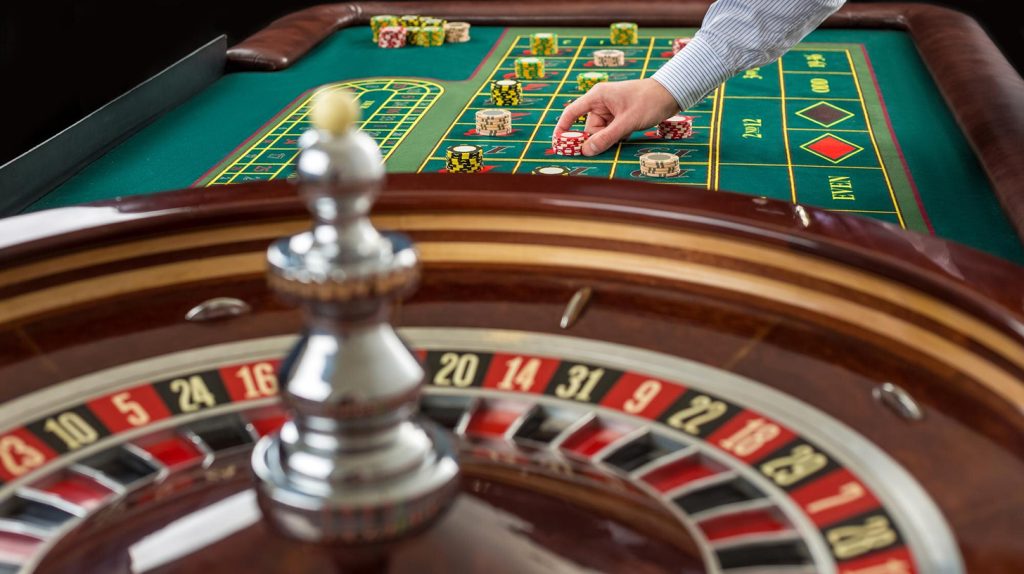
While years of testing and a practical approach to roulette have proven to yield positive results over brief spells, the house edge always comes out on top at the end of the day. Regardless, the fact that it all boils down to a game of chance, how successful you are at winning does not mean a particular system with a certain efficiency level should not be applied. In this guide, we shall discuss the different strategies to know before you start playing roulette with real money at any online casino.
Popular and Most Successful Roulette Strategies
Players and mathematicians have long been searching for a weakness in statistical probability in roulette. It has given birth to many different strategies, most of which are upgrades or born out of earlier systems, which ended in failure and caused players to lose a fortune. Despite that, there were some systems that, over time, proved to be more reliable and efficient roulette betting strategies than the rest. Now, there are a total of six different systems to select from with a track record of delivering some level of success. They include:
- Fibonacci
- D’Alembert
- Martingale
- Reverse Martingale
- James Bond
- Labouchere
These systems all have unique qualities that make them appealing to different players. It can be due to a particular playing preference or a desire to try other patterns to increase your chances. Whatever the case, these strategies have a higher success rate of delivering gradual profit with minimal risk.
It’s important to note that there is no guarantee of constant profit, and the key is knowing when to walk away with your winnings. Viewing the differences between these roulette strategies as either progressive or non-progressive systems is critical to better understanding them.
Progressive Roulette Systems
These roulette betting systems are the fastest and easiest to understand, making them regularly the preferred option for new players and those attempting to be more strategic in their play.
Fibonacci
Fibonacci is a staple roulette betting system, but with a slight difference. The Fibonacci entails a mathematical sequence found in nature, and while it looks a bit difficult to understand, it follows a set principle. It requires the player to increase their stake by adding the previous two losing bets and subtracting the profit when they win.
The idea of raising one’s stake after each loss is, in the eventuality of a win, your return is higher. It may seem like a risky tactic, so it’s advisable to keep it safe and start with smaller bets.
D’Alembert
Here’s another popular progressive roulette strategy that is worth referencing. This system does not emphasize aggressive stake increments but sticks to a flat amount or unit. Simply put, the player increases his stake by a unit after every loss and reduces it after every win.
This betting strategy is all about slow progression upward or downward. The system is also suitable for tables with a lower betting threshold, as you’ll unlikely hit the limit.
Martingale
Martingale is the most popular and preferred of the staple roulette betting systems, as it’s the easiest to understand. The player is required to double their stake after every loss and divide by two after every win. The driving force behind this idea is probability. It’s highly improbable that you would lose 10 times in a row, but that is not to say it’s impossible.
Reverse Martingale or Paroli
As the name implies, this roulette betting strategy is an inverse of the Martingale. This system requires players to reduce their stake after every loss and increase it after every win. It’s also considered statistically safer than the Martingale.
The Reverse Martingale or Paroli is best suited for outside bets as they have the highest statistical chance to win at almost 50%. Still, it’s wise to consider that other game versions, like the American, may possess a less favorable house edge.
Labouchere
The Labouchere roulette strategy favors flexibility and allows players to choose the initial sequence of numbers. This system requires you to decide how much you want to win and split that figure into smaller random numbers. Your stake will combine the furthest number on the left and the furthest number on the right.
If you win, you strike off both numbers from the sequence and proceed. A loss will require you to add the sum of both numbers to the farthest right of the initial sequence. This system, just like the D’Alembert, is improbable to have you exceed the betting limit of the table.
Non-Progressive Roulette Systems
This type of roulette betting system is non-progressive, as the name implies. Players are not required to increase or decrease their stake after every round, irrespective of a win or loss. This system aims to limit loss while maximizing profit and can be very disillusioning.
James Bond
The James Bond strategy is a straightforward and flat system based on the idea of the creator of the James Bond franchise, Ian Fleming. He came up with what he described as the best roulette bet combinations, and you had to stick to them after every spin. These combinations include:
- $14 on 19-36
- $5 on 13-14-15-16-17-18
- $1 on 0
This system carries significantly more risk to the player as it’s based more on luck, especially with the regular bet of odd and even not inclusive. The major problem is that the house edge will eventually come into play. However, losses always tend to be on the low side with this system.
Roulette Strategies That Work Long-Term
It’s essential to understand that while these betting systems come with a certain level of success, the house edge will always be a stumbling block at some point. This makes a long-term working system unattainable. However, that doesn’t make turning a profit impossible. Always be intentional and bet small to not surpass the table limit and lose the chance to recover losses. Using outside bets with a higher success percentage is also a smart option.
Roulette Strategies: Fallacies and Profitability
Different strategies and systems promise to beat the house edge. Some falsely claim certain numbers bring luck because they have more repetition than others or form better combinations. Additionally, some claim to be able to predict successive pocket wins by gauging the spin of the wheel.
It’s essential to understand all these are unfounded truths and that it’s mathematically impossible to come out on top in the long run. Through years of experience, manufacturers and casinos have created roulette tables utterly free of bias and predictability.
The profitability of the strategies will vary from player to player with factors such as the system used, number and length of times played, size of your bet and variation of the table. Generally speaking, all strategies discussed will be a vital tool and a great help while making your bets on the roulette table.












